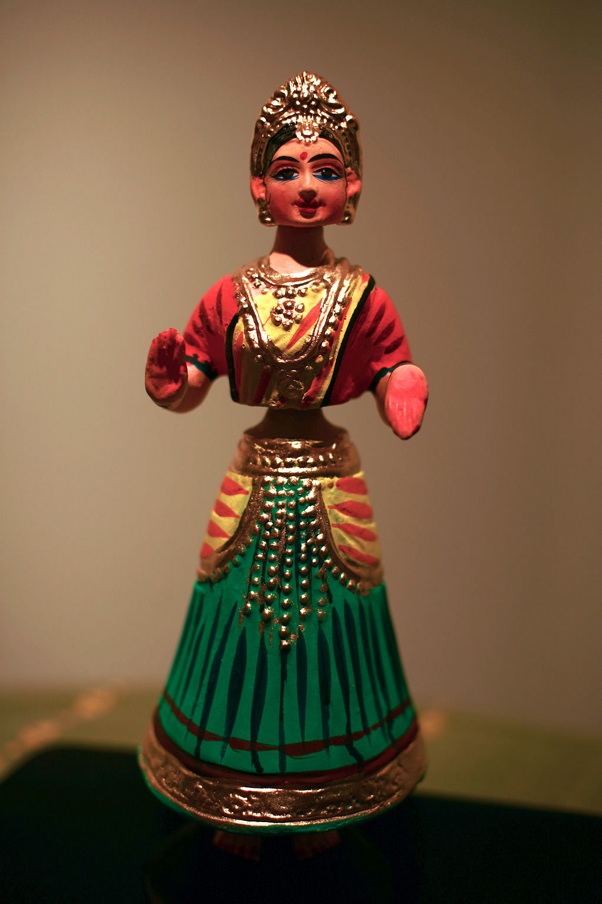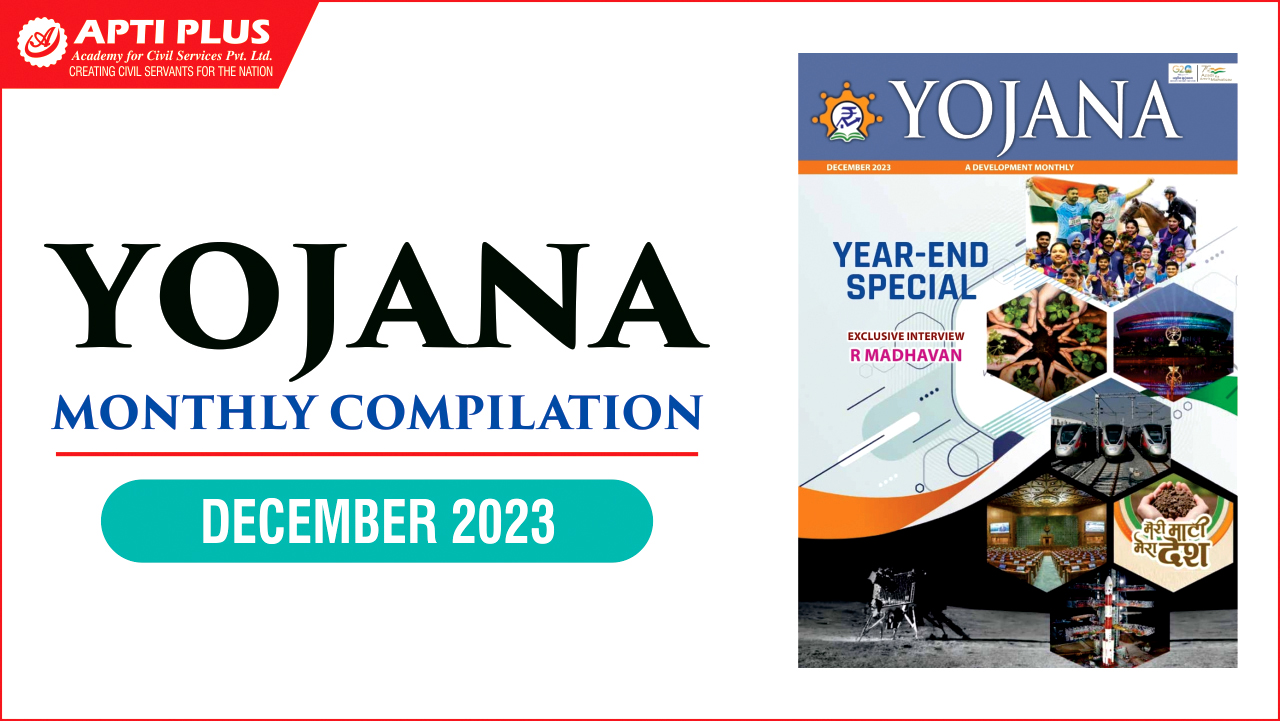Description

Disclaimer: Copyright infringement not intended.
Context
- The Thanjavur doll industry, known for its iconic bobble-head and roly-poly dolls, faces numerous challenges that threaten its existence despite its historical significance and cultural value.
- The craft, originating from the early 19th century and gaining a Geographical Indication (GI) tag in 2009, has been a victim of changing consumer preferences, labor shortages, and material scarcity.
Details
Struggles Faced by Thanjavur Doll Makers
- Shift in Consumer Preferences: With the advent of plastic and electronic toys, traditional handcrafted Thanjavur dolls have lost their prominence as playthings and are now primarily regarded as souvenirs for tourists.
- Declining Artisan Population: The number of skilled artisans proficient in making these dolls has significantly decreased over the years. Many artisans have shifted to other occupations due to the lack of successors willing to continue the craft.
- Labor Shortage: The COVID-19 pandemic exacerbated the existing labor shortage. Despite government-initiated training sessions, the number of skilled artisans remains insufficient to meet the demand.
- Material Shortage: Raw materials, particularly the clay used for the dolls' pedestals, have become scarce. The ban on sand mining has made it challenging for artisans to obtain the necessary clay for crafting the dolls.

About the doll
- The Thanjavur doll is a type of traditional Indian bobblehead or roly-poly toy made of terracotta material.
- The centre of gravity and total weight of the doll is concentrated at its bottom-most point, generating a dance-like continuous movement with slow oscillations.
- These toys are traditionally handmade, finished with detailed, painted exteriors.
Origin:
- They are believed to have originated during the Maratha rule in the 17th century, under the patronage of the Thanjavur Nayak kingdom and later the Maratha rulers of Thanjavur.
- These dolls were initially crafted as part of the grand Tanjore art tradition, which includes Tanjore paintings and Tanjore-style crafts.
Artistic Features:
- Material: Traditionally, these dolls are made from terracotta clay. Skilled artisans shape the clay into various forms, primarily depicting mythological characters, deities, and cultural motifs.
- Distinctive Design: Thanjavur dolls often feature exaggerated and colorful attire, intricate jewelry, and expressive facial features. The dolls are usually adorned with vibrant paints, metallic hues, and embellishments like beads and stones.
- Bobblehead Structure: A notable characteristic of these dolls is their bobblehead structure. The head of the doll is attached with a string, allowing it to move and bobble when touched gently.
- Traditional Themes: Thanjavur dolls often portray Hindu gods, goddesses, mythological figures, and characters from epics like the Ramayana and Mahabharata. The dolls may also represent local folklore, dancers, musicians, and traditional village life.
Production Process:
- The dolls are crafted using a combination of tapioca flour, papier-mâché, plaster of Paris, and other materials, ensuring a lightweight yet durable body.
- The doll-making process involves several stages, including molding, reinforcement, assembly, sandpapering, and intricate hand-painting.
- The distinctive bobble-head feature is achieved through a careful assembly of the doll's sections, creating a delicate yet balanced movement.
- Clay Preparation: Artisans use locally sourced clay, which is kneaded, shaped, and molded by hand to form the desired figure or character.
- Drying: The shaped clay figurines are left to air dry for a specific period until they achieve the desired consistency.
- Decoration: Skilled artists then paint the dried clay dolls with bright colors, typically using natural dyes and metallic paints. They meticulously decorate the dolls with fine details, including jewelry, clothing patterns, and facial expressions.
- Assembly: Once the painting and embellishments are completed, the bobblehead mechanism is attached to the head, allowing for the characteristic bobbling movement.
- Finishing Touches: Artisans add final touches and varnish to protect the dolls and enhance their appearance.

Cultural Importance:
- Religious Significance: These dolls are often used in religious ceremonies, festivals, and as household decorations, especially during Navratri, Golu (a doll display festival), and other auspicious occasions.
- Artistic Heritage: The craftsmanship involved in making these dolls reflects the rich artistic heritage of Thanjavur. The dolls are cherished as symbols of tradition and artistic excellence.
- Economic Importance: The production and sale of Thanjavur dolls provide livelihoods to numerous artisans and contribute to the region's economy.
Conclusion
Thanjavur dolls represent more than mere toys; they are embodiments of cultural heritage, artistic finesse, and religious symbolism. These beautifully crafted bobblehead dolls continue to captivate people with their charm, serving as timeless treasures that celebrate tradition and craftsmanship.
|
PRACTICE QUESTION
Q. Thanjavur dolls represent more than mere toys; they are embodiments of cultural heritage, artistic finesse, and religious symbolism. Discuss. (250 Words)
|















